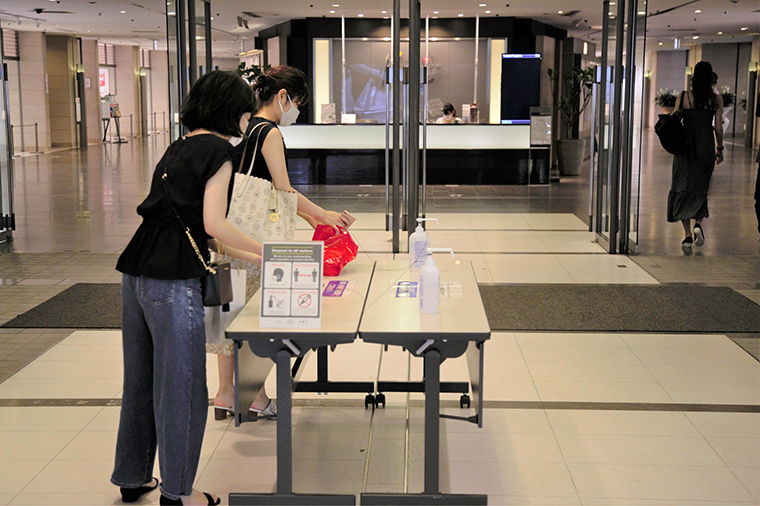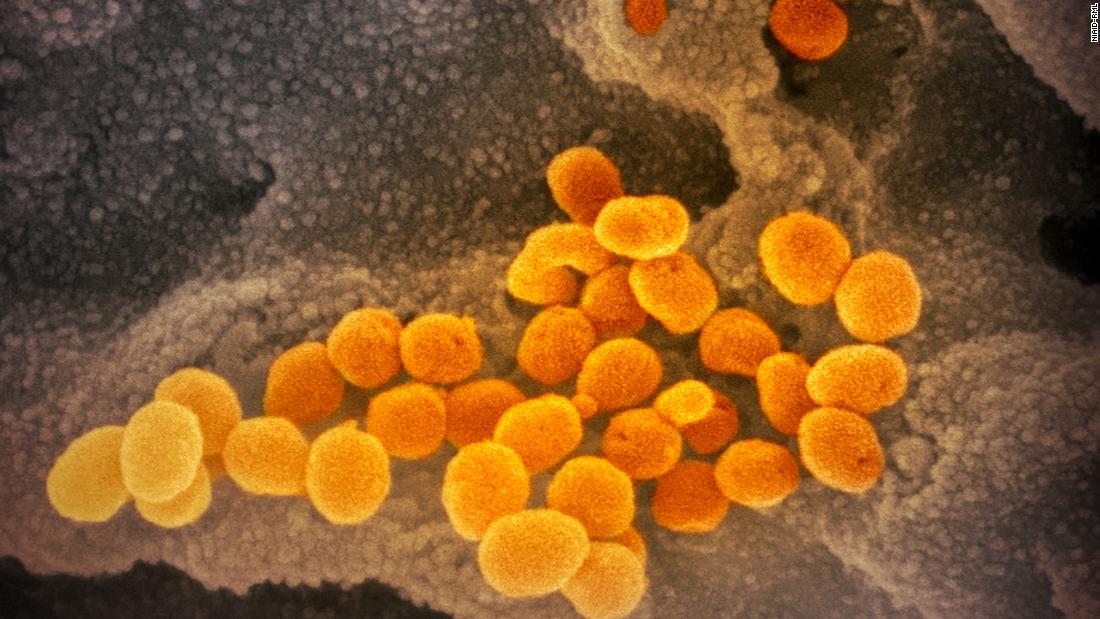[ad_1]

Three simple behaviors could stop most all of the Covid-19 pandemic, even without a vaccine or additional treatments, according to a new study. Those behaviors are:
- Washing hands regularly
- Wearing masks
- Keeping physical distance from others
The study, published Tuesday in the journal PLoS Medicine, created a new model to look at the spread of the disease and prevention efforts that could help stop it.
The contact rates in the study were based on people’s interaction in the Netherlands, but the model is appropriate for other Western countries, the team at the University Medical Center Utrecht said.
“A large epidemic can be prevented if the efficacy of these measures exceeds 50%,” they wrote.
If, however, the public is slow, but does eventually change behavior, it can reduce the number of cases — but not delay a peak in cases, according to the model.
If governments shut down early, but no one takes additional personal protective steps, this will delay, but not reduce a peak in cases. A three-month intervention, would delay the peak by, at most seven months, the study found.
But if there’s government-imposed social distancing combined with disease awareness and personal steps, the height of the peak can be reduced, even after government imposed social distancing orders are lifted.
“Moreover, the effect of combinations of self-imposed measures is additive,” the researchers wrote. “In practical terms, it means that SARS-CoV-2 will not cause a large outbreak in a country where 90% of the population adopts handwashing and social distancing that are 25% efficacious.”
The reason it isn’t 100% is because even with self-imposed social distancing, contacts with others might not be totally eliminated. For instance, people who live together will interact, increasing the likelihood that someone could get sick.
The researchers argue that governments should educate the public about how the disease spreads and raise awareness about the crucial nature of self-distancing, hand washing and also mask use to control an ongoing epidemic. It does not differentiate between mandating some of these behaviors or encouraging them.
Remember: There are limits to the model. It doesn’t take into effect demographics, nor does it account for the imperfect isolation of people who are sick with Covid-19, meaning they can infect others who care for them in a health care setting or at home. It also doesn’t account for the possibility of reinfection.
[ad_2]
Source link

